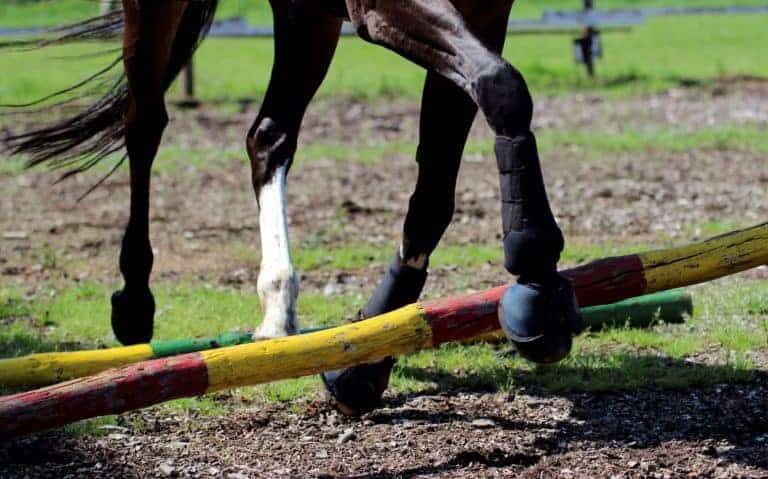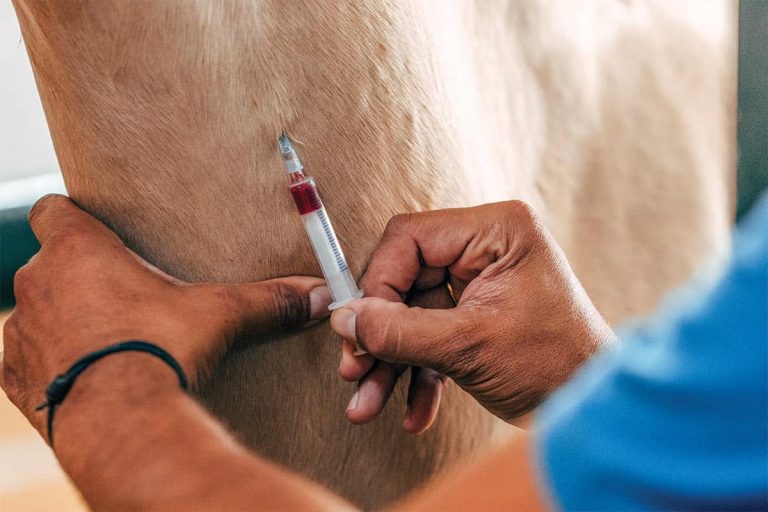Glycogen-Branching Enzyme Deficiency (AAEP 2006)
Glycogen-branching enzyme deficiency, a genetic mutation affecting a particular glycogen-storage enzyme, is traced back to Quarter Horse sire King or his sire, Zantanon. Up to 8% of Quarter Horses and Paint horses carry the GBED defect.















